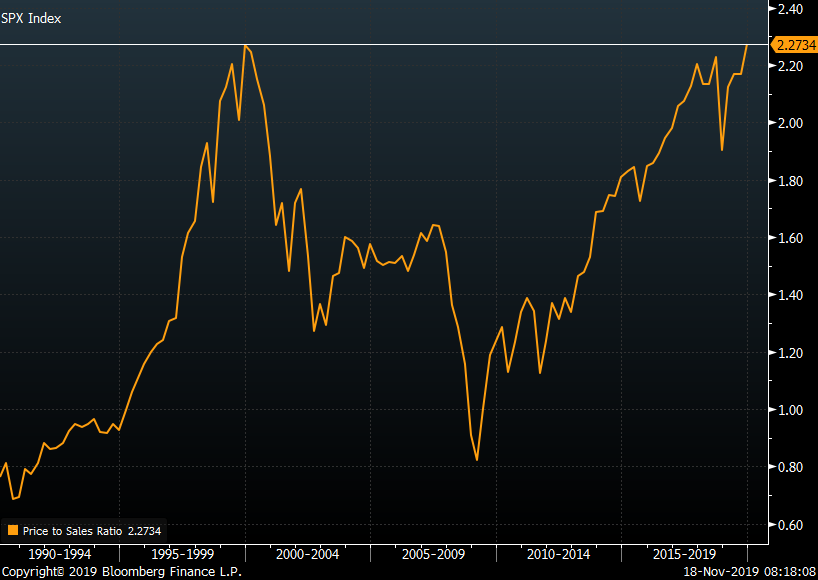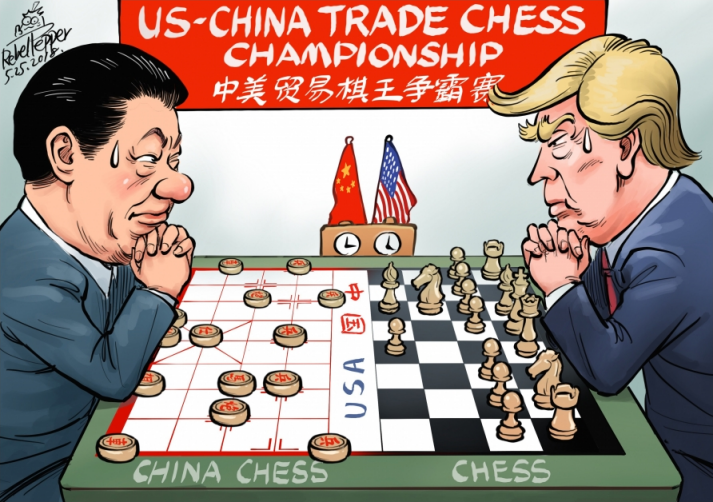US contemplates removing more tariffs than anticipated
China and the US are discussing linking the size of tariff rollbacks to the preliminary terms set in the deal that failed in May, according to Bloomberg who cites two people familiar.
The White House is still debating the precise percentage internally but the report says a deal would at least include removing the Sept tariffs and eliminating the planned Dec tariffs.
China has demanded that all tariffs imposed after May be removed immediately and those from beforehand be lifted gradually.
The report says that some of the $250B in tariffs imposed in 2018 are under consideration to be rolled back and that opposition to the move has softened. Overall, the White House is looking at the tariffs holistically and debating on whether to remove somewhere between 35% and 60%. Those percentages fall inline with what percentage of the overall deal Phase One accomplishes.
For reference, the US currently has tariffs on $360B in goods. That number was $250B before the May talks fell apart. On May 10, the US also raised the tariff rate on those $250B in goods to 25% from 10%.
Overall this report reflects a generally positive take and shows that both sides are working on a deal and perhaps closer than anticipated. This is the first indication they’re working off the May text but it’s also a hint that the US may remove more tariffs than anticipated. It would be a great signal for markets if anything from May or earlier was lowered.






